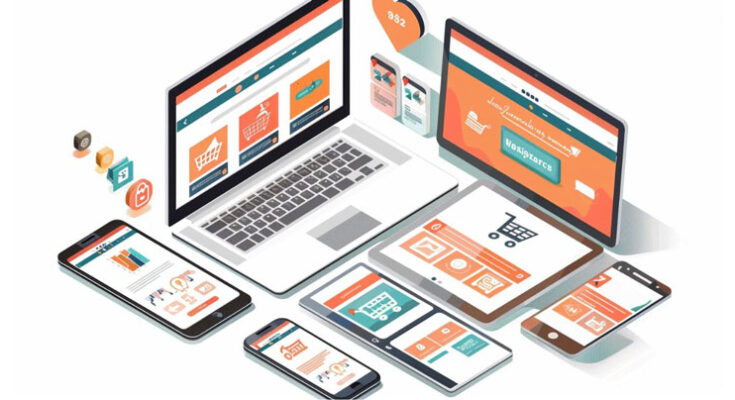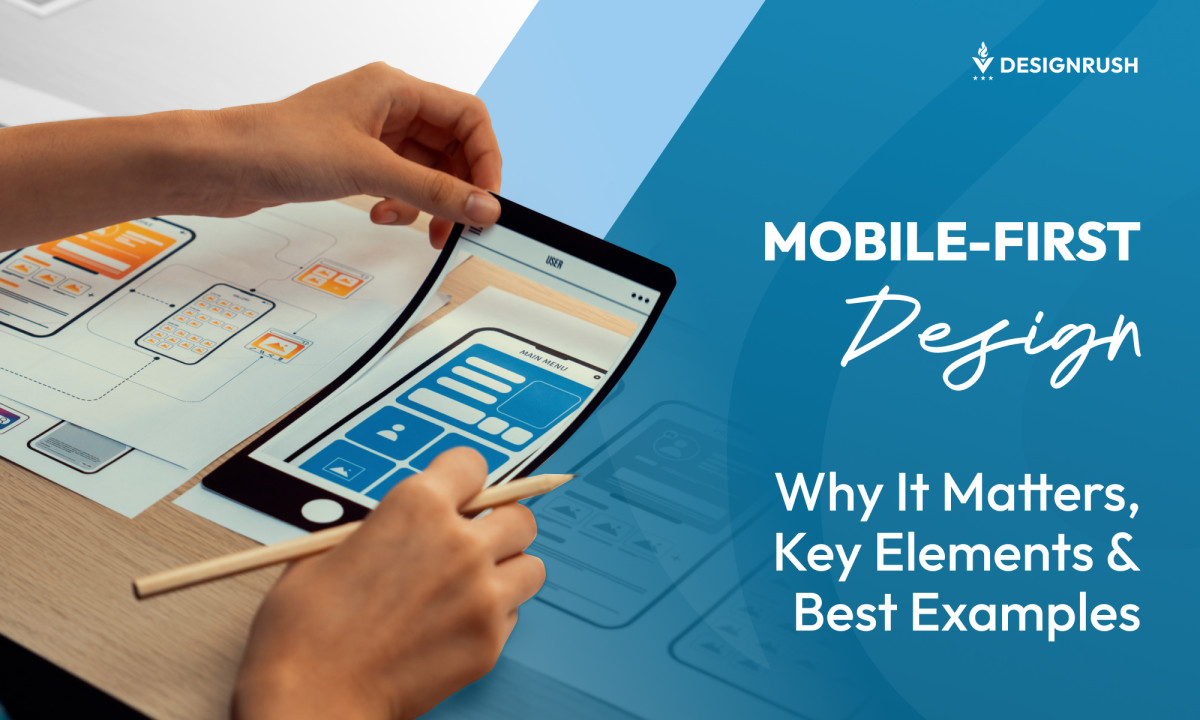It might sound weird to say it. But the core graphic design skills you learned at uni will only get you so far. Design is a competitive profession, and ultimately, you need to be more attractive to employers and clients than your rivals if you want to accelerate your career.
This means growing your skillset, year on year, both in terms of adding new skills like motion design, UI or UX design, and developing your soft skills too.
What’s the cost of not doing so? We won’t sugar-coat it. Potentially, it means missing promotions, failing to land clients, and feeling like you’re being left behind as others overtake you in your career.
Sadly, these soft skills typically aren’t taught in traditional university courses, which can lead to graphic designers being held back, not just at the start but throughout their career.
Created – the online academy offering hands-on courses in UX design, UI design, and motion design – knows all about this problem. On their courses, where you’ll get a mentor to master your new craft, you’ll develop both the core skills and the soft skills you need to succeed.
In this article, we’ve teamed up with Created to explore what some of these extra skills look like and how focusing on them can help to find your dream job or freelance clients in 2021.
1. The ability to generate ideas
The first point may sound like an obvious one, but it’s still worth making. As the team at Signal Studio points out: “You need thinking skills and ideas. Anyone can make things look pretty, but genuine ideas add massive value to any design project. It’s getting harder and harder to find designers, creatives, copywriters with great ideas.”
Becky Orlinski, studio manager at Design And Code couldn’t agree more. “It’s so easy to get lost in the rules and technicalities,” she says, “but being creative and being able to come up with great concepts is such an important skill.”
Typically, that involves understanding clients’ problems and finding solutions. But Brian Collins, the chief creative officer at Collins, believes that to future-proof your creativity, you need to go further still. “We have to abandon the idea that we are ‘problem solvers’,” he argues. “Enough, already. We all must now be ‘problem seekers’ and learn to anticipate and intelligently, imaginatively respond to opportunities before they even become problems. The future is arriving too fast to wait.”
2. Communication skills
It’s one thing to come up with great ideas, but designers often fall down when it comes to communicating those ideas. You need to build confidence when pitching and when collaborating. As creative director Brandon Lesley explains: “Every designer needs to be able to defend their decisions with thoughtful words explaining why they are proposing the solution they’ve put forth.”
Director, designer and artist Kurt Kretten agrees. “It’s about communicating what others can’t see, into something that creates a connection. And that takes a broader skillset than, to simply say, graphic design. It’s not what they look at that matters, but rather what they see.”
3. Writing skills
Communicating your ideas isn’t just something you do by talking. Graphic designers also need to learn to write well, says Melissa Yates, senior creative at Absolute. “For me, both visual and written go hand in hand. It’s amazing how often copy goes overlooked. You don’t need to be a copywriter, but the soft skills to understand if your design says the right thing and in an interesting way will help you go far.”
Designer David Cutler takes a similar line. “If you can’t communicate your ideas succinctly,” he points out, “so much of your professional life becomes incredibly difficult.”
4. People skills
It’s all very well creating great looking concept designs for your Behance portfolio when you don’t have an actual brief to fulfil. But in the real world, working as a graphic designer is above all about dealing with people, from colleagues to clients.
As independent designer DAV49 explains, “The ability to understand the client needs and wants and translate them in design solutions with an emotional or functional connection, is paramount.” And that means, believes designer and producer Lola Landekić, developing personal skills such as “empathy, negotiation, taking and giving criticism with tact, collaborating with people of different fields, communicating issues before they become problems”.
One of the most oft-overlooked people skills designers need, adds illustrator Samantha Curcio, is a degree of humility. “I think it’s important to have vulnerability and the confidence to ask questions,” she says. “It’s amazing how many younger designers I’ve worked with within the past who are afraid they’ll seem weaker if they ask a question or admit they need help. Curiosity and questioning help us become better!”
5. Business skills
One of the biggest gaps in traditional design education is often the business skills you need to succeed as a freelancer. As graphic designer Matt Hollands says: “If you’re a small cog in a big wheel, it’s okay. But if you are independent or work for a small agency, other skills like pricing and presenting are a real advantage.”
Lynsey Smith, global creative hubs lead for British Council Arts, couldn’t agree more. “Graphic designers need pricing and negotiation skills so that they understand their worth and pitch the correct rate for their amazingness,” she stresses.
Conclusion
The message is clear from across the community. Understanding the fundamentals of design and mastering modern creative software is a great start, but this is by no means enough on its own to carve out a successful career. In short, the creative industries demand you have the right mindset, not just a skillset.
As graphic designer Cat McLaughlin puts it: “Solid graphic design skills are a great foundation, but I’ve also found the following incredibly useful: the ability to communicate ideas effectively, adaptability, willingness to learn, knowledge/experience of related subjects, and not being afraid to ask questions.”
Without soft skills, you run the risk of being treated like a ‘Photoshop monkey’ at best. “Hard skills alone lead to design labour: hourly or daily work following a prescribed set of instructions,” points out illustrator Ben Tallon. “If that’s what someone wants, all good. But good graphic design requires great listening, observation, instinct, creativity, empathy, courage, lateral thinking and much more. The hard skills are merely a tool in the belt. The mind behind it, lived experiences, personal quirks are the pillars of great work. This has always been the case.”
As Brian Collins says: “Graphic design skills have never been enough. Ever. Design is at its most potent, meaningful and transfiguring when it is about anything else than simply graphic design. Curiosity, compassion and courage will be the values we now need more of.”










